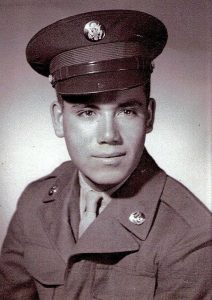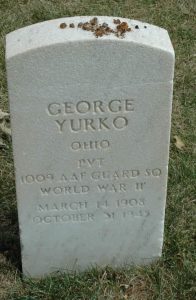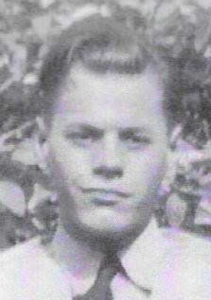
Frank G. Vejar, age 19, from Arizona, Cochise county.
Service era: Korea
Date of death: Thursday, November 30, 1950
Death details: Accounted for April 14, 2020. In late 1950, Vejar was a member of Heavy Mortar Company, 31st Infantry Regiment, 7th Infantry Division. He was reported missing in action on Nov. 30, 1950, when his unit was attacked by enemy forces near the Chosin Reservoir, North Korea. Following the battle, his remains could not be recovered.
On July 27, 2018, following the summit between President Donald Trump and North Korean Supreme Leader Kim Jong-un in June 2018, North Korea turned over 55 boxes, purported to contain the remains of American service members killed during the Korean War. The remains arrived at Joint Base Pearl Harbor-Hickam, Hawaii on Aug. 1, 2018, and were subsequently accessioned into the DPAA laboratory for identification.
To identify Vejar’s remains, scientists from DPAA used anthropological analysis, as well as circumstantial evidence. Additionally, scientists from the Armed Forces Medical Examiner System used mitochondrial DNA (mtDNA) and autosomal DNA (auSTR) analysis.
Vejar’s name is recorded on the Courts of the Missing at the National Memorial Cemetery of the Pacific in Honolulu, along with the others who are still missing from the Korean War. A rosette will be placed next to his name to indicate he has been accounted for.
Vejar will be buried in his hometown.
Source: National Archives, Defense POW/MIA Accounting Agency


